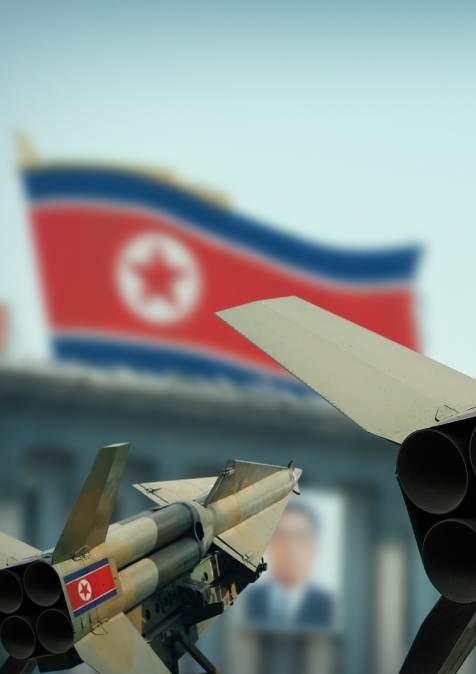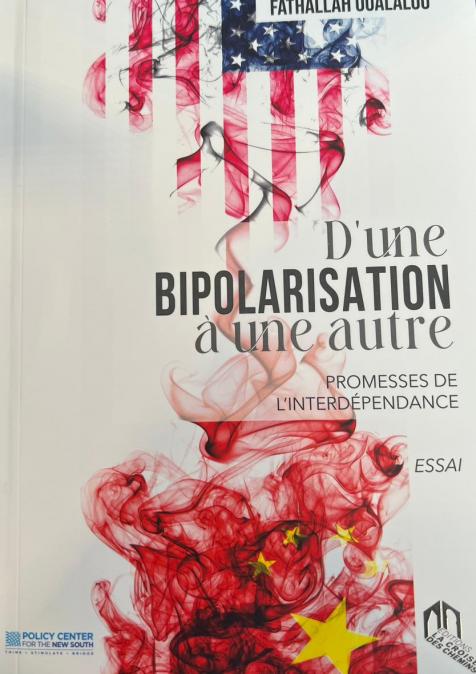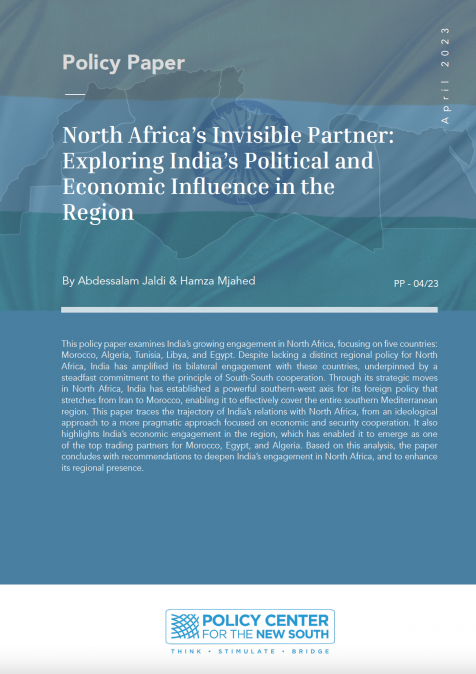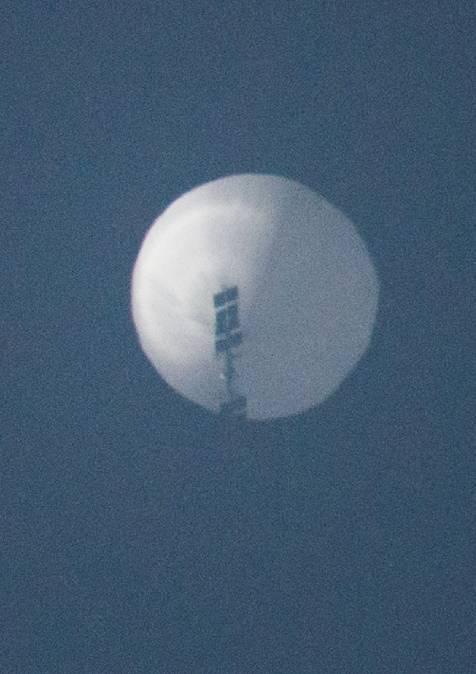Publications /
Opinion
Why should this lady be terrified? She is worth 120 Million dollars, and the “New York Times” named her ( January 2, 2019)” an icon of female power”. If the US President and his Vice, Kamala Harris, are incapacitated and unable to lead, she will, as written in the Constitution, move into the White House, Nancy Pelosi, 82, Speaker of the US House of Representatives, and for 35 years, as Democrat, member of Congress. No, she wasn‘t frightened of crude Chinese threats. She survived a visit with North Korea’s dictator Kim Jong I, and she wasn’t afraid to arrange a rendezvous with Ukrainian President Volodymyr Zelensky on May 1, 2022, in Kyiv, ignoring Russian missiles or MIG fighter jets. When in early August, Mrs. Pelosi, mother of five children, visited (during a trip to Japan, Malaysia, South Korea, and Singapore) also Taiwan, officially known as the “Republic of China”, an island separated from the “People’s Republic of China” by the Taiwan strait, Beijing was not amused. It signaled, as “US News & World Report “ wrote ( July 19, 2022) “a military response. ” Indeed, Mr. Xi’s China ordered submarines into the strait, supersonic jets ignored Taiwanese airspace, and live fire exercises reflected Beijing’s anger about the intrusion of this determined woman from Washington against whom ballistic missiles were launched, streaking above the island. Prior to her arrival, “local analysts cited by the “Global Times”-the English language newspaper aligned with the Chinese Communist party-said the trip would be considered “an intentional provocation by the US side”, made all the more egregious by the Biden administration for sending 108 million dollars in new arms shipments to Taiwan. If the US breaks through the diplomatic “guardrails “that govern Taiwan policy as Pelosi’s trip would do, “we will see the China-US relations fall off a cliff, for sure, “said Lu Xiang, with the Chinese Academy of Social Sciences. ”’( US News &World Report) these months, noted Paul Haenle and Nathaniel Sher in a paper for the “Carnegie Endowment for International Peace(August 17, 2022) “tensions in the Taiwan straits reached levels not seen in thirty years. “For the “Carnegie Endowment for International Peace” Pelosi’s trip “came at a particularly fragile moment. Over the preceding months, frictions between Washington and Beijing were growing amid China’s tactic support for Russia’s invasion of Ukraine.”
The dangers of war are real
Given broad public support for Taiwan, the House Speaker may have reasoned that her visit would win over swing voters in the crucial Congressional elections in November. Before Pelosi’s trip, a group of twenty-five GOP senators issued a statement praising the speaker’s decision to visit the island.” Domestic pressures in both Washington and Beijing”, observed the “Carnegie Endowment”- paper, “therefore appear to be creating a dynamic in which escalation is rewarded, and restraint is criticized.” A top concern among US analysts is that China‘s growing military capabilities and assertiveness, as well as the deterioration in cross-strait relations, “could spark a conflict”, fears the “Council on Foreign Relations” ( August 3, 2022) and such a conflict has “the potential to lead to a US-China confrontation .”That’s because China hasn’t ruled out using force to achieve Taiwan’s “reunification”, argues the experts, “and the US hasn’t defended Taiwan if China attacks. ” The dangers of war are real,” wrote Simon Jenkins in the “Guardian”( August 3, 2022), “both sides are flirting with disaster. ” The fates of Ukraine and Taiwan merit every diplomatic support, but “they cannot be allowed to lurch downhill towards global war or nuclear catastrophe.” Pelosi’s stop in Taipei brought the action-reaction cycle between mainland China and the island China “to an increasingly unstable equilibrium”, alarmed Haenle and Sher in their Carnegie Endowment- study. Like the security dilemma often ascribed to military dynamics, the action-reaction cycle in cross-strait relations, “has the potential to escalate from a political crisis into armed conflict quickly.” From Beijing’s perspective, argue the authors, the visit constituted a “major judicial provocation” and sent the “wrong signal “to those in Taiwan in favor of independence. The fact that Pelosi, the second in line to the US president, met with both Taiwan’s President and the leadership of the opposition Kuomintang party -which has historically been friendlier towards Beijing-confirmed Beijing’ s conception that Taipei is growing more alienated from the mainland. The US maintains a robust unofficial relationship with the island, confirms the “Council on Foreign Relations”, and continues to sell self-defense equipment to its military, despite Washington’s acknowledgment that there is but one China. Taiwan is part of China, and the PRC, the People’s Republic of China, is the “sole legal government of China.” Washington rejects any use of force to settle the dispute.
Nevertheless, it will maintain the ability to come to Taiwan’s defense while not committing to doing so- a policy known as strategic ambiguity. Under Trump, the US deepened ties with Taiwan over Chinese objections, including selling more than 18 billion dollars’ worth of arms to the military and unveiling a 250 million dollar complex for its de facto embassy in Taipei. Biden was the first President to invite Taiwanese representatives to attend his Presidential inauguration, rejecting the long-standing proposal that Taiwan should be incorporated into the mainland under the formula; one country, two systems .”With a similar proposal, Beijing tried to convince reluctant Hongkong to abandon its desire to remain independent from mainland China. When the democratic opposition attempted to resist repression, the army moved in, and mainland judges condemned resistance members to long prison terms in labor camps. China has employed a variety of coercive tactics short of armed conflict, and it has ramped up these measures since (President )Tsi’s election in 2016, analyzed the “Council on Foreign Relations” report; its objective is to wear down Taiwan and prompt the islands people to conclude that their best option is unification with the mainland.”
Ending the spiral
To that end, China has increased the frequency and scales of patrols of PLA bombers, fighter jets, and surveillance aircraft over and around Taiwan. It also has, just like the Washington fleet, increasingly sailed its warships and aircraft carriers through the Taiwan strait in a show of force. Since the arrival of Nancy Pelosi, reported to the” Carnegie Endowment for International Peace”, “aerial incursions across the median line have continued nearly daily, and China has announced additional month-long live-fire- drills in the Bohai Sea and south of the Yellow Sea. Similar to prior heightened tension in Taiwan strait, the most recent episode is likely to drag on for multiple weeks, if not months, ushering in a new increasingly volatile status in cross-strait and US-China relations.” Paul Haenle and Nathaniel Sher predict in their “Carnegie Endowment for International Peace”-study(August 17, 2022) that ending the escalatory spiral will be increasingly difficult in light of the breakdown in military dialogue channels. Beijing may have concluded, the analysts suggest, that “dialogue alone is not enough to deter the United States from following a “fake one China policy” which Foreign Minister Wang Yi accused the United States of pursuing last October. Suspending dialogue constitutes a dangerous escalation at a time when communication is crucial to clarify intentions, induce mistrust, and prevent a full-blown conflict.”








